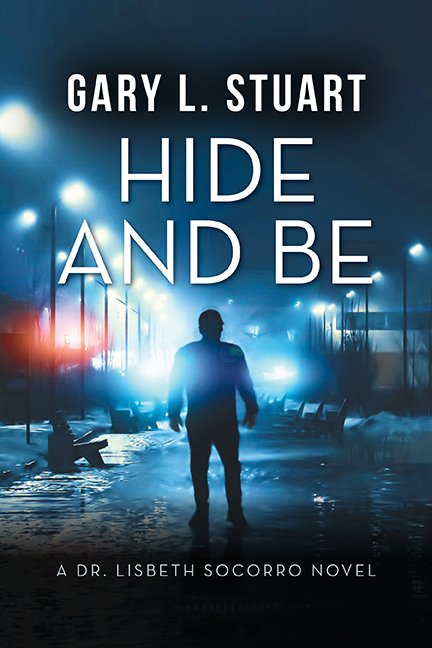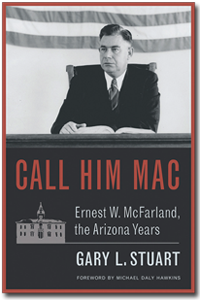Wait a minute—hold the phone—what are you writing, anyhow? Longform is writing book length. Nonfiction is prose based on facts, real events, and true. Storytelling is a piece with a narrative arc—it has a premise and a plot. And it comes with a beginning, middle, and end. That sounds like fiction, right? Fictional truth is universal truth about the world or life in general. Yes, it may look like a story rather than a report, but writers should never confuse fictional truth with literal truth, right? And yes, I know Truman Capote coined the term nonfiction novel. “In Cold Blood” was long form. It tediously described a real crime, real victims, and real killers. But he laced it with flashbacks, flashforwards, and interior monologue. He wrote descriptively, included dialogue, and an ominous tone overlapping gruesome details. It sold well and made him famous.
Nonfiction novels are a byproduct of good journalism. There is a form called “new journalism.” Reporters insert themselves into their stories as characters in the work—they shape and mold real events into novel form. That differs from fiction because the writer incorporates the results of her research and interviews but invents the plot. Novels are fiction longer than 60,000 words, have plots, episodes, and characters. They tell stories over longer periods of time and project movement and emotion.
The core ethical premise to all writing is how the writer treats his reader. Nonfiction writers have a clear ethical responsibility to readers. We must give them an honest representation of facts, opinions, beliefs, and research. And our readers have the right to assume our work is original, unless stated otherwise. Our writing must accurately portray the truth of the subjects or issues we write about. Fiction writers must understand, write, and project fictional truth. We must not confuse fictional truth with literal truth. Simply because something really happened does not necessarily resonate with some larger truth. Fiction writers often fictionalize true events. We rearrange details, emphasize some themes, and slide in fictional truth-like mayonnaise on a cheese sandwich. Dialogue is a perfect example. Fiction writers use real events, real people, and real scenarios in books about true stories filled with manufactured dialogue that the real characters never spoke.
“Long-form storytelling is not new. Thoroughly researched, hyper-focused and eloquently written narratives have been the gold standard of respected journalism for ages. Journalists – whether a feature in a magazine, a newspaper or online – have always relied on the power of narrative devices to tell rich, in-depth stories about people.”[1]
Thought leadership expresses ideas showing knowledge in a particular field, area, or topic. Business executives, politicians, professors, and other learned folk work hard to become thought leaders. in their respective fields. It takes dedication, patience, strategy, and education. Most thought leaders not only have a command of their subject area, but they are also passionate about it. It comes as no surprise that tying long-form storytelling to thought leadership in social and professional media is a “thing.”
“With the rise of content marketing, the lines between traditional media and branded content have blurred. An increasing number of brands are telling their own stories, their customers’ stories and creating in-depth content hinged on the familiar three-act narrative arcs – setup, action/climax, and resolution – used by journalists. Thought leadership, within the context of content marketing, exists to change and influence perspective. This is also why stories exist – and humans thrive on stories. . . The power of storytelling can be harnessed and applied to thought leadership content by incorporating narrative . . .”[2]
As with fiction and nonfiction writing, the ethical norms for long-form storytelling and thought leadership are parallel. Most creative nonfiction writers believe they have an ethical responsibility to “tell the truth.” The writer cannot fabricate events. For example, we cannot write that he/she visited some place and experienced some setback, obstacle, or adversity—-when it never happened. This is fabricating a story. It is writing fiction–not creative nonfiction, which is based on fact and truth. Conducting interviews is a required form of research for some creative nonfiction, such as literary journalism and writing a memoir.
Some writers believe that if minor details about things are unknown or unavailable, such as exact clothing, street names, jobs, or musical preferences you can generalize without portraying them as factual. Some writers believe that “no” detail can be added unless you are sure. Others allow some inclusion as invention based on historical or personal recollections.
“Most writers agree you can include “emotional truth” in a personal essay, memoir, or literary journalism. Emotional truth refers to the writer’s “felt experience” in dealing with a person, place, thing, adversity, setback, and so forth. Emotional truth answers the question: How did you feel? For example, suppose you lost your job, and it felt like the world was ending. Then emotional truth dictates you can write about how the experience felt to you. You would include the facts of the experience and the emotional truth of the experience.”[3]
A well-told true story will inspire, delight, teach, and enthrall readers through captivating events and compelling narrative threads.
[1] https://www.linkedin.com/pulse/why-long-form-story-telling-matters-brands-tim-peters-mba/
[2] Ibid.
[3] https://davehood59.wordpress.com/2012/07/03/the-ethics-of-writing-creative-nonfiction/

I am an author and a part-time lawyer with a focus on ethics and professional discipline. I teach creative writing and ethics to law students at Arizona State University. Read my bio.
If you have an important story you want told, you can commission me to write it for you. Learn how.






 I am an author and a part-time lawyer with a focus on ethics and professional discipline. I teach creative writing and ethics to law students at Arizona State University.
I am an author and a part-time lawyer with a focus on ethics and professional discipline. I teach creative writing and ethics to law students at Arizona State University.  My latest novel is Hide & Be.
My latest novel is Hide & Be.  If you have an important story you want told, you can commission me to write it for you.
If you have an important story you want told, you can commission me to write it for you.